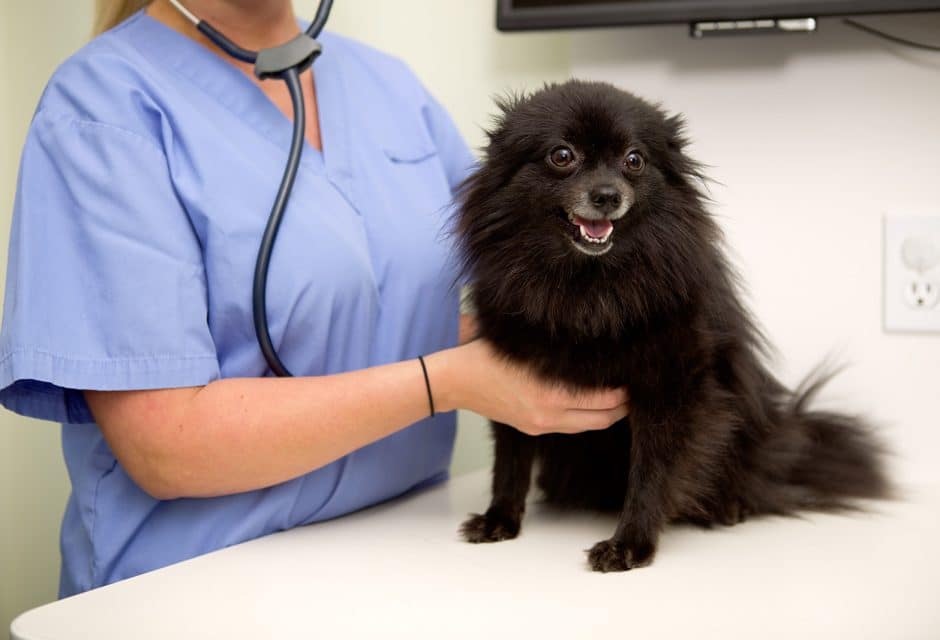

Does your Dog have Arthritis?
Degenerative Joint Disease in Dogs: Signs, symptoms & how to help your dog
 Wondering if your dog has arthritis and what to do about it? We asked Dr. Katy Nelson to address the signs and symptoms of arthritis and how to help your dog. She knows what she’s talking about—she is the host and executive producer of The Pet Show with Dr. Katy on thepetshow.tv, an associate veterinarian at the BelleHaven Animal Medical Centre in Alexandria, VA, and the Chief Veterinary Officer for Stop Aging Now (charlieschoice.com). Here, she answers common questions.
Wondering if your dog has arthritis and what to do about it? We asked Dr. Katy Nelson to address the signs and symptoms of arthritis and how to help your dog. She knows what she’s talking about—she is the host and executive producer of The Pet Show with Dr. Katy on thepetshow.tv, an associate veterinarian at the BelleHaven Animal Medical Centre in Alexandria, VA, and the Chief Veterinary Officer for Stop Aging Now (charlieschoice.com). Here, she answers common questions.Q: What exactly is arthritis? How is it different from osteoarthritis?
A: Arthritis is the medical term for inflammation of the joints. Osteoarthritis is a chronic form of arthritis caused by deterioration of joint cartilage. Also known as degenerative joint disease (DJD), osteoarthritis results in the progressive and permanent deterioration of the cartilage surrounding the joints. Older dogs are at the highest risk.
Q: How do I know if my dog has arthritis?
A: Symptoms vary—your dog may exhibit a decreased level of activity, occasional lameness or a stiff gait that worsens with exercise. These symptoms may increase with exercise, long periods of inactivity or cold weather.
Q: What causes arthritis in dogs?
A: There is no known primary cause, although there are a number of factors that can contribute to its development or worsening, such as trauma, abnormal wear on joints and cartilage, or a congenital defect present at birth, such as an improperly formed hip or elbow, also known as hip or elbow dysplasia. Dislocation of the kneecap or shoulder, as well as osteochondritis dissecans (OCD), a condition in which the bone and cartilage develop abnormally so that a flap of cartilage develops within the joint, can also contribute.
Obesity is another factor, as it increases stress on joints. In addition, dogs with disorders such as diabetes, prolonged steroid treatment, and hyperlaxity (an excessive looseness of the joints) may also be at higher risk for developing degenerative joint disease.
Q: How is arthritis in dogs diagnosed?
A: A diagnosis may be done based on an assessment of historical symptoms, such as decreased activity or stiffness, as well as a physical examination which will reveal a decreased range of motion, stiff-legged gait, deformity of the joints, and swelling or pain in the joints. X-rays are also helpful in the diagnosis of arthritis.
Q: How can I help my dog’s arthritis pain? What can I give an old dog for joint pain?
A: Medical treatment of DJD is designed to control signs and symptoms of the disease, not to cure it. Surgery may help alleviate symptoms and slow the disease’s progression. This can include reconstructive procedures, joint removal or replacement, and the surgical removal of aggravating causes, such as bone or cartilage fragments in a joint.
Physical therapy designed to maintain or increase joint motion is very beneficial and may be done with various motion exercises, swimming, and massage. Exercise designed to strengthen muscle tone is also useful. The pain that comes with arthritis can be managed by cold and heat therapy, such as with heating pads.
Long-term medication may also be helpful in reducing joint swelling and pain. Anti-inflammatory drugs (NSAIDs) and nutritional supplementation are often recommended.
Q: How can I manage my dog’s arthritis?
A: Continue to monitor your dog’s symptoms, as DJD is likely to progress with time, and a change in drug selection or dosage or further surgical intervention may become necessary. Weight reduction may be required if your pet is overweight. Limit activity to a level that will not aggravate symptoms and pain. In addition, a diet including omega fatty acids is sometimes recommended to decrease inflammation.
Q: Can I prevent my dog from developing arthritis?
A: Prompt treatment of DJD is important to help reduce the disease’s progression of symptoms. It is generally important to avoid trauma or excessive pressure to joints. Exercise and a healthy diet can also prevent obesity, which adds stress to joints.
 Try this: PureForm’s all-in-one pet supplements (pureformpethealth.com) are designed to improve your dogs’ bone density and protect joints from arthritis and ligament strain.
Try this: PureForm’s all-in-one pet supplements (pureformpethealth.com) are designed to improve your dogs’ bone density and protect joints from arthritis and ligament strain.
Comments (0)
Join the newsletter and never miss out on dog content again!
"*" indicates required fields
By clicking the arrow, you agree to our web Terms of Use and Privacy & Cookie Policy. Easy unsubscribe links are provided in every email.





